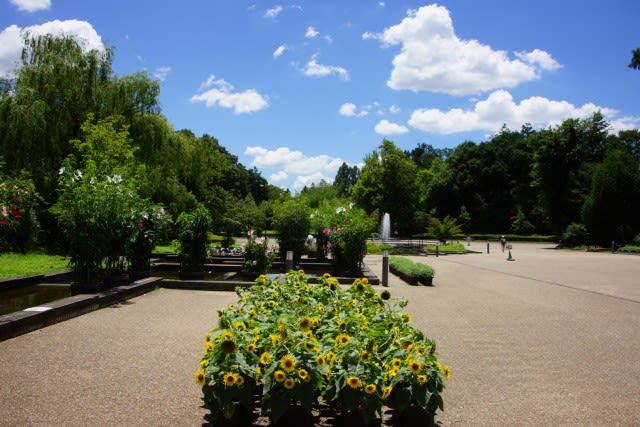The following is from an editorial in yesterday's Sankei Shimbun.
This editorial proves that the Sankei Shimbun is the most decent newspaper in Japan today.
Withdraw the resolution that distorts historical facts.
The distortion of history is unacceptable.
The government should take a firm stand against unjustified demands that undermine Japan.
The United Nations Educational, Scientific and Cultural Organization (UNESCO) is set to express its "strong regret" over Japan's World Heritage Site, "The Industrial Revolutionary Heritage of Meiji Japan.
The reason for the resolution is that the "Industrial Heritage Information Center" established by Japan in Tokyo for the Hashima Island coal mine (commonly known as Gunkanjima) in Nagasaki City, which is part of the World Heritage Site, does not display enough information about the Korean workers who were conscripted to work there.
"This is believed to be in response to the Korean side's demand that they were forced to work.
The regrettable resolution is an unacceptable accusation.
The Japanese government should firmly press for the withdrawal of the resolution.
In the report to be submitted along with the resolution, the Industrial Heritage Information Center pointed out that the exhibition lacked in showing the site's history, and the South Korean Foreign Ministry stated that it would "urge Japan to implement improvements" (spokesperson) promptly.
It is clear that UNESCO's remarks align with South Korea's claims of distorting historical facts.
It should be seen as a malicious political maneuver by the South Koreans to damage Japan's image in the international community, which has been successful.
The "Industrial Revolution Heritage of Meiji Japan" was registered in 2015. It is significant in conveying the progress of Japan, the first non-Western country to achieve modernization.
The Industrial Heritage Information Center, which introduces the heritage, correctly displays the fact that people from the Korean Peninsula were subjected to the same harsh working conditions as Japanese workers, as was the case with coal mine labor in those days.
It was not forced labor as the Koreans claimed, but legal labor mobilization with payment of wages.
That is a historical fact.
Does UNESCO want us to twist the facts and display them?
The South Korean side has engaged in fierce anti-Japanese activities from the time it was registered as a World Cultural Heritage site.
It even distributed pictures of unrelated Japanese laborers to UNESCO World Heritage Committee members, claiming that they were "conscripted workers from the peninsula who were forcibly taken away.
It is outrageous.
What is wrong with the Japanese government that it has not taken a firm stance on this issue?
Chief Cabinet Secretary Katsunobu Kato said at a press conference, "The government has been faithfully fulfilling its promises, including the measures it has taken (such as establishing the center)," but this was not enough.
Japan must take every opportunity to respond appropriately to stop unreasonable criticism of Japan using a UN organization such as UNESCO.
















